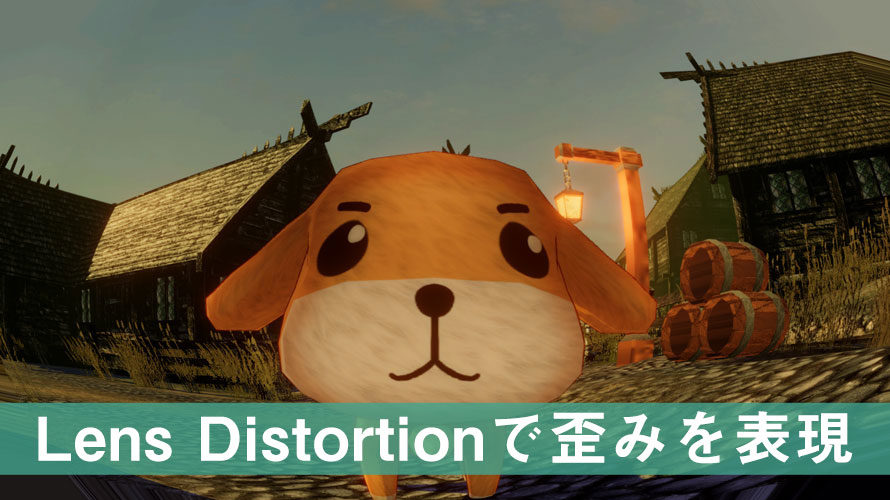
Shader "Custom/DistortionFlow" Material with flow map.Īdd a variable for the flow map and sample it to get the flow vector. Below is the new shader, with all comments and unneeded parts removed. As we're going to simulate a flowing surface by distorting texture mapping, name it DistortionFlow. Then create a new standard surface shader. If you're using Unity 2018, select the default 3D pipeline, not lightweight or HD. Sliding Surface Shaderįor this tutorial, you can start with a new project, set to use linear color space rendering. The technique used in this tutorial was first publicly described in detail by Alex Vlachos from Valve, in the SIGGRAPH2010 presentation Water Flow in Portal 2. This can be done by animating the UV coordinates used for texturing. All we need is some movement added to a regular material. So we don't need to come up with a complex water physics simulation.

It doesn't need to be interactive, just appear believable when casually observed. Most of the time, we just want a surface to be made out of water, or mud, or lava, or some magical effect that visually behaves like a liquid.
#UNITY CAMERA LENS DISTORTION MOVIE#
That's good enough for a picture, but not for a movie or a game. Otherwise it's like a glass sculpture of water, or water frozen in time. Merely creating a material that looks like moving water isn't enough, it actually has to move. Are you looking at water, jelly, or glass? Is that still pool frozen or not? To be sure, disturb it and observe whether it deforms, and if so how. When a liquid doesn't move, it is visually indistinguishable from a solid. Stretching and squashing a texture in multiple directions. This tutorial is made with Unity 2017.4.4f1.
#UNITY CAMERA LENS DISTORTION PLUS#
This tutorial assumes you've gone through the Basics series, plus the Rendering series up to at least part 6, Bumpiness. In this case, it's done by using a flow map to distort a texture. It is required to obtain a model of the view area, the distribution of the pixel density and image from this camera with taking into account lens distortion.This is the first tutorial in a series about creating the appearance of flowing materials. It is possible to measure real view angles practically. If the camera specification does not contain any real view angles, then the Lens distortion can be simulated only approximately using the real view angles of similar cameras with the same lens focal length and the size of the active area of the image sensor.

See: Specifying active area size of the image sensor. The sizes of the active area of the image sensor can be determined by other parameters available in the specification, however, this may be difficult for an inexperienced user.

To simulate the distortion, in addition to the value of one real angle, the exact sizes of the active area of the image sensor are required. It is somewhat more difficult to model the lens distortion of cameras, the specification of which contains only one real view angle (horizontal). To simulate distortion, it is enough to enter into VideoCAD values of two real view angles and the image resolution in pixels (from the image resolution, VideoCAD will calculate the Aspect ratio). The easiest way is to simulate lens distortion of cameras whose specification contains at least two real view angles (horizontal and vertical). Distortion can lead to a significant deviation of the view area form from a regular pyramid and warping of the pixel density distribution.Īccounting distortion when designing CCTV provides models of the view areas and images more close to reality, and thus more fully use cameras in the project.Ĭamera specifications do not contain a "lens distortion" parameter, therefore VideoCAD simulates distortion based on real view angles, which, as a rule, are given in the specifications. The reason for the difference is the lens distortion. There is a difference between the actual values of view angles given in the specification of cameras(lenses) and angle values obtained by calculation.


 0 kommentar(er)
0 kommentar(er)
